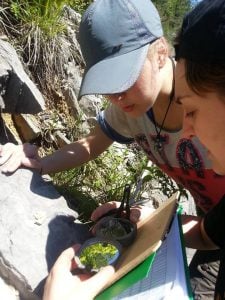
Ebrahim Tarshizi, an assistant professor of mining engineering, has been nominated by the Society of Mining, Metallurgy and Exploration (SME) as a Henry Krumb Lecturer for the 2016-2017 series.
Tarshizi presentation for this year’s series is “Simulation and Animation of Marigold Mine with Dynamic Pit Operation.” SME Henry Krumb Lectures will be scheduled from October 2016 to May 2017.



